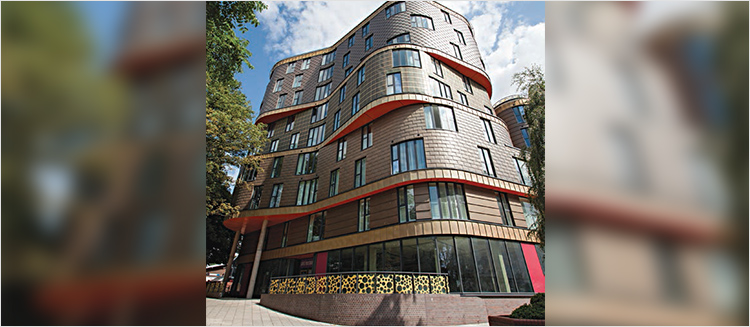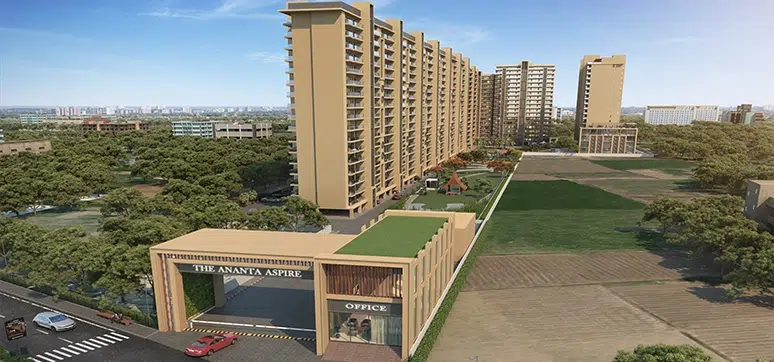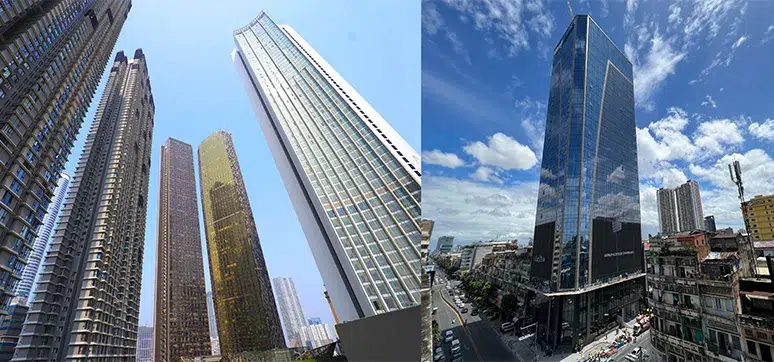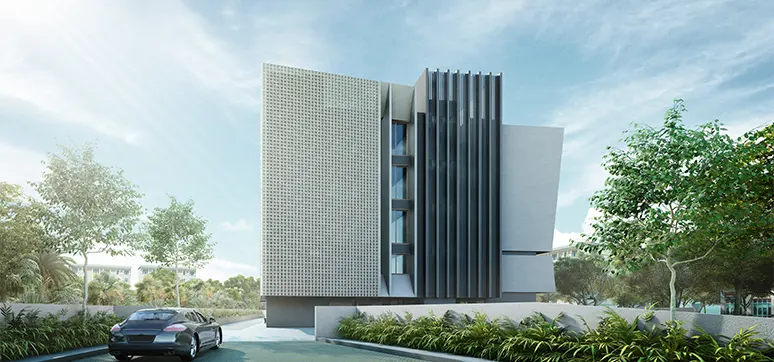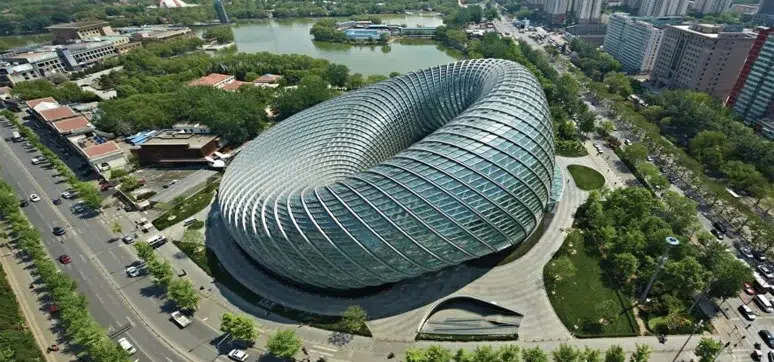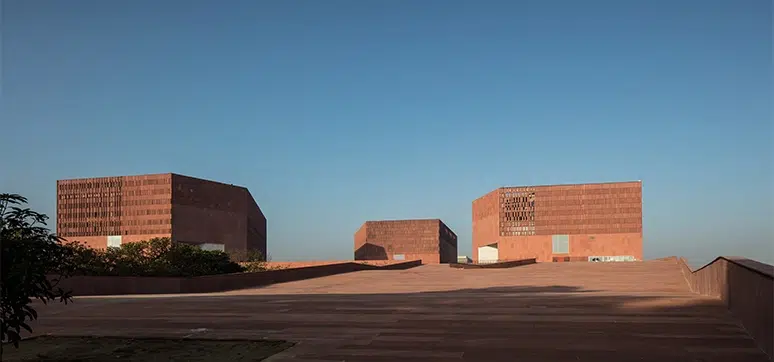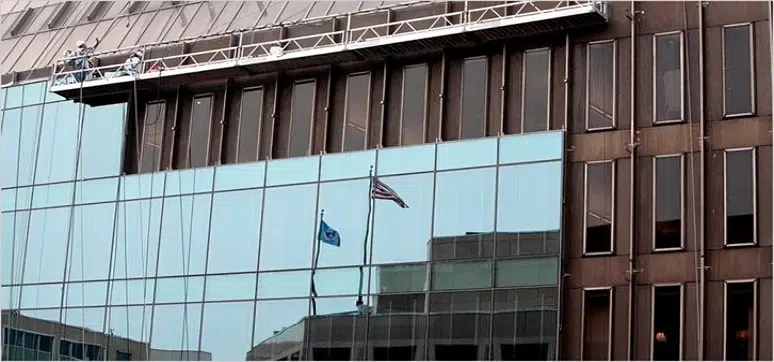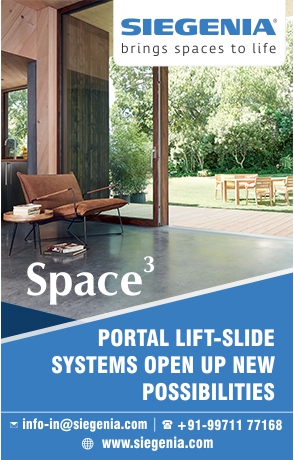Cutting Carbon & Cutting Energy
By:
Recent studies have estimated that by 2025 India’s construction market is expected to be the third largest in the world and this could lead to the primary energy demand growing by 2.3 times in the next two decades. Residential and commercial buildings currently account for over 35 percent of the total energy demand, however, the demand of the residential sector is predicted to rise by at least 8 percent annually. With this rapid growth in mind, it has become vital for low energy buildings to become a mainstream part of India’s development to reduce its impact on our planet.
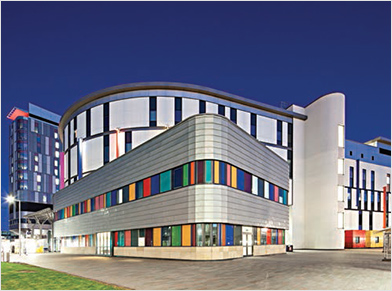
Air Conditioning, and other forms of heating and cooling, account for approximately 45 percent of an Indian building’s total electricity consumption. So, surely, an effective route to reducing the carbon emissions and energy usage of the nation is by decreasing the heating and cooling demand of these buildings. Now a study from global engineering, management and development consultancy, Mott MacDonald, has shown that improving the U-value specifications in buildings will reduce building energy consumption and carbon emissions by a considerable amount. Furthermore, they found that increasing the U-value of a building façade was comparatively the most effective way to reduce energy demand. So, could we be doing more to make our building façades more efficient?
“The greatest reduction in both annual electricity demand and peak cooling demand was achieved when wall U-values were improved” – Mott MacDonald
Understanding the Real Value of U-values – Mott MacDonald’s Study
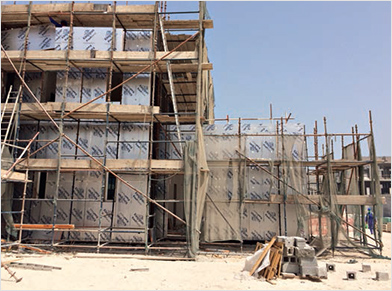
For its study, Mott MacDonald modelled six buildings, which were representative of common building types – a house, low-rise residential, low-rise commercial, high-rise residential, high-rise commercial and hotel. The study looked at two build-ups within the building façades, one using an insulated cladding façade and one using an External Insulation Finishing System (EFIS) or otherwise commonly known as a render system.
The firm then compared the effects of improving U-value specifications, through the use of additional insulation on the external walls of the buildings, by modelling the buildings in Sefaira Systems Software. The models considered a wide range of physical and environmental characteristics such as building size and use, energy consumption, HVAC operation timings, HVAC system and different environmental profiles.
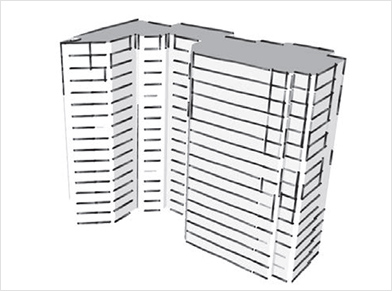
For each of the scenarios, an energy consumption comparison was made between two different U-value specifications to assess the energy savings and carbon emissions reductions. Mott MacDonald used a U-value of either 0.45 or 0.52 W/m2.K as a baseline U-value for the building façade. They then improved this value to 0.30, 0.29, 0.22, 0.20 and 0.18 W/m2.K and measured the energy consumption of the building model.In total, 100 percent of the calculations showed energy and carbon emissions savings when the U-value in the façade was improved. Showing that in every instance, we could be reducing the carbon footprint of the Indian building stock.
The Results
An example Mott MacDonald looked at was a new, high specification, 16 storey hotel modelled in a hot climate. The building was modelled using concrete block work walls which utilised an insulated cladding façade, insulated with rigid thermoset phenolic insulation, a concrete slab floor insulated below and a concrete deck roof insulated above. The U-values of the roof and the floor did not change throughout this study.
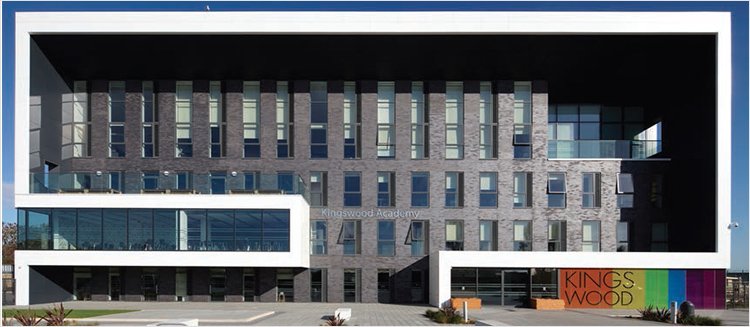
The energy use of the building was then calculated for the differing U-value specifications. Moving the façade U-value from 0.45 W/m2.K to 0.30 W/m2.K gave energy reductions of over 17,000 kW•h/year and carbon emission reductions of nearly 13 tonnes CO2 / year. Furthermore, increasing from 0.45 to 0.22 W/ m2.K saw energy reductions of over 26,000 kW•h/year and nearly 20 tonnes CO 2 / year. A substantial additional saving, which, in fact, provided an increase in energy reductions of over 50 percent. If this was employed nation-wide, it could provide substantial energy reductions and, in turn, provide energy cost savings for the hotel operator.
Another example Mott MacDonald looked at was a new, medium specification, 9 storey commercial building also modelled in a hot climate. The building was modelled using concrete blockwork walls which utilised an External Insulation Finishing System (EIFS), insulated with rigid thermoset phenolic insulation, a concrete slab floor insulated above and a concrete deck roof insulated above. Again the U-values of the roof and floor did not change.
Using this model, which was much smaller than the hotel model, moving the wall U-value from 0.52 W/m2.K to 0.29 W/m2.K gave energy reductions of over 5,000 kW•h/year and carbon emission reductions of over 3 tonnes CO2 / year. Furthermore, improving from 0.52 W/m2.K to 0.20 W/m2.K saw energy reductions of over 7,000 kW•h/year and over 4 tonnes CO2/year. In terms of carbon reduction, this more stringent U-value would be the equivalent to removing 1 car from our roads.
With India’s Energy Conservation Building Code putting façade U-values in commercial buildings at 0.44 W/m2.K in the hotter climates, Mott MacDonald’s study shows tremendous energy saving potential for going over and above these regulations.
Kingspan Kooltherm insulation solutions deliver premium levels of thermal performance, helping to reduce the thickness of wall constructions.
Residential Buildings
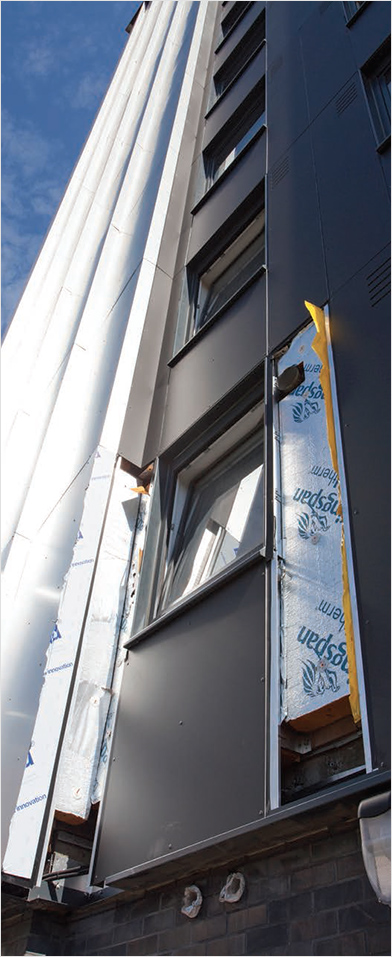
There is also a lack of regulations for residential buildings across the whole of India. However, the study showed that increasing U-values had more impact on residential buildings than those used for commercial purposes. A 5 storey residential building was modelled, which had a wall area of 2,800 Sq m, 24 percent smaller than the 9 storey commercial building, showed even better results.
Moving the U-value in the façade, which also incorporated a render system, from 0.29 W/m2.K to 0.20 W/m2.K gave nearly double the energy reductions than calculated for the commercial building, despite the smaller wall area; at 3,418 kW•h/year for the residential building as opposed to 1,778 kW•h/year for the commercial building.
“The study demonstrated that increasing the insulation thickness and thereby improving the U-values of wall, roof and floor elements has the greatest impact on the energy consumption of villas and low-rise residential buildings” – Mott MacDonald.
Increasing Returns
The current and future building stock can be much more efficient just by employing more stringent U-values. Furthermore, our building façades offer the greatest potential for saving energy and reducing carbon emissions through improving U-values. So, to answer the initial question, yes, we most definitely can be doing more to make our façades more efficient and the answer isn’t as complicated as we might think.
For further information please contact:
Kingspan Insulation Pvt. Ltd. Gat No. 457/458,
Village Shindewadi – Shirwal, Sub
Dist Kndala Dist Satara near Pune, India 412801
Email: info@kingspaninsulation.in
Tel: +91 (0) 2169 244061
Website: www.kingspaninsulation.in
Top Stories
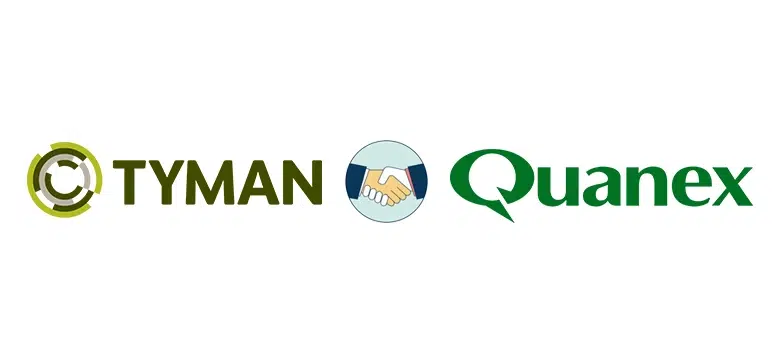
Quanex Building Products to Acquire Tyman in $1.1 Billion Transformative Deal
By: Abdul | May 2, 2024
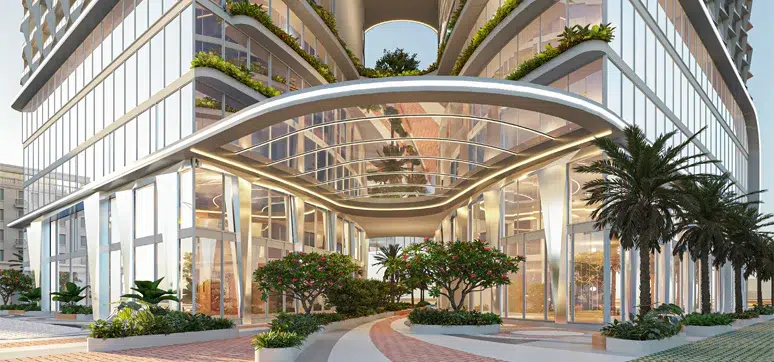
BIM’s Integration with Emerging Technologies such as AR and VR Presents Exciting Opportunities for Architectural and Façade Design
By: Abdul | May 2, 2024

The Future Impact of Artificial Intelligence on Façade Access Gondolas
By: Abdul | May 1, 2024
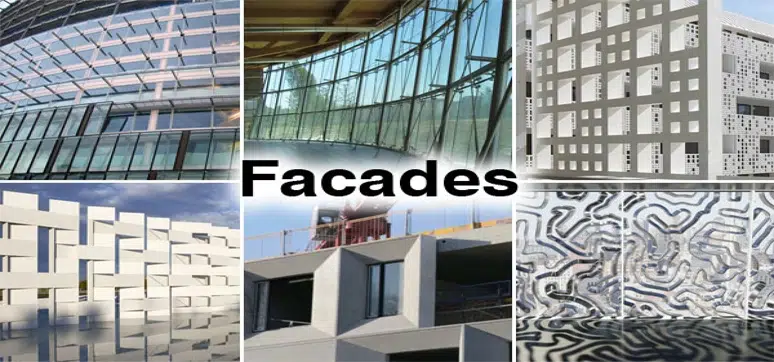
Façade Systems Market Size is Estimated to Reach USD 398.8 Billion by 2029
By: Abdul | April 16, 2024

Improving Sustainability Alongside Fire Safety – Can We Deliver?
By: Abdul | April 16, 2024

